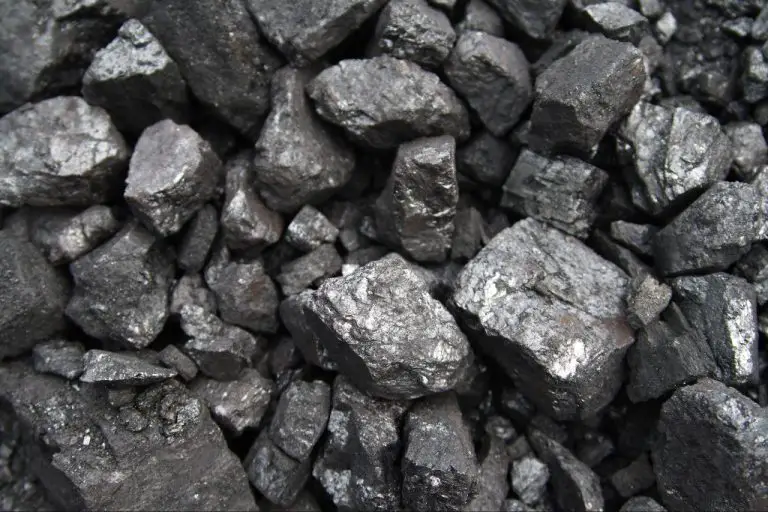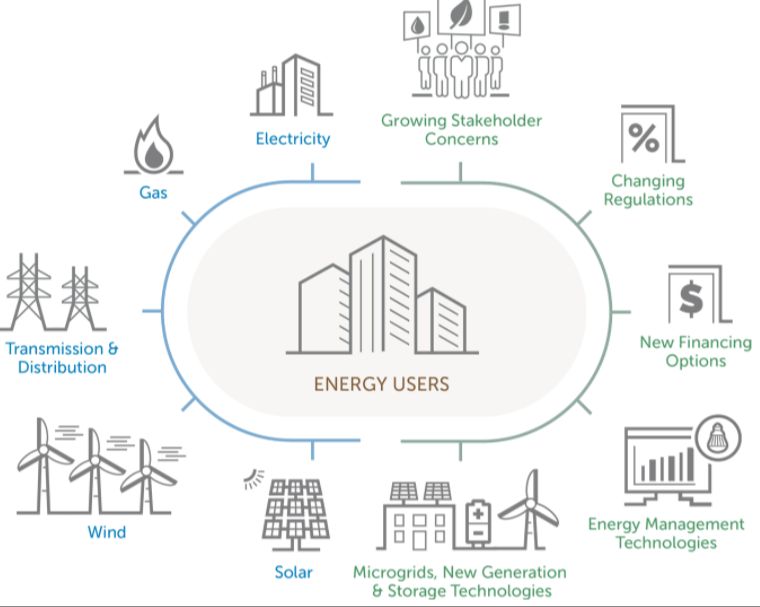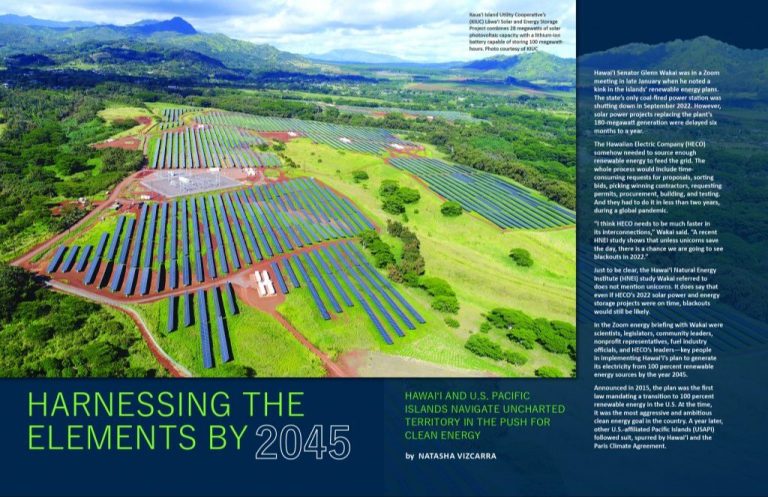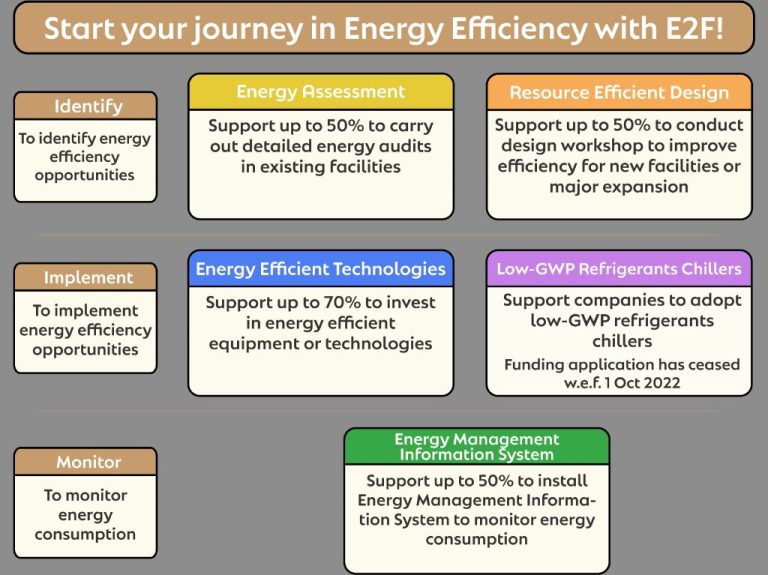Where Does The Us Rank In Energy Efficiency?
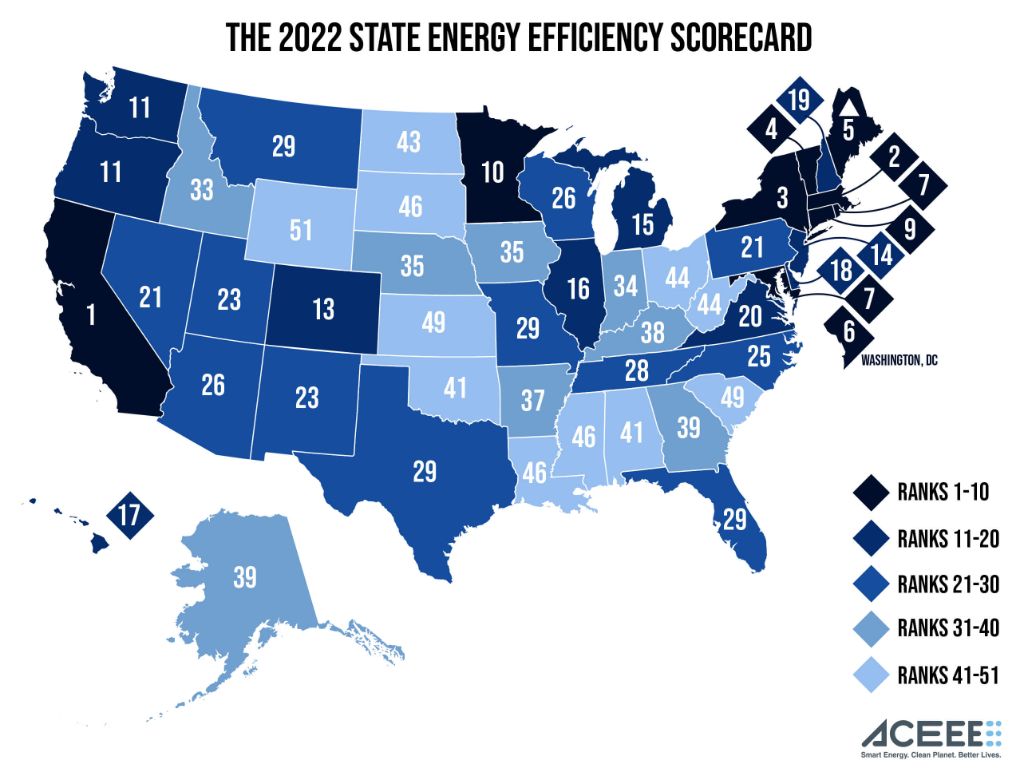
Energy efficiency is defined as using less energy to perform the same task or produce the same result (Energy.gov). With rising energy demands and concerns over energy security and climate change, improving energy efficiency has become a key priority worldwide. Energy efficiency helps reduce energy waste, lowers energy bills, lessens environmental impacts, and strengthens energy security.
This article will examine the energy efficiency ranking of the United States compared to other major countries. It will look at recent trends in US energy efficiency, reasons for its current ranking, improvements underway, and provide recommendations to further advance energy efficiency in the US. Key highlights will include an international comparison of energy efficiency rankings, an analysis of causes for the US position, and strategies to continue progress in energy savings going forward.
US Energy Consumption
According to the U.S. Energy Information Administration (EIA), total U.S. energy consumption was approximately 100 quadrillion British thermal units (Btu) in 2022 (U.S. energy facts explained – consumption and production). Energy consumption is broken down into the following sectors:
- Transportation: 29 quadrillion Btu
- Industrial: 26 quadrillion Btu
- Residential: 11 quadrillion Btu
- Commercial: 9 quadrillion Btu
The transportation sector accounted for the largest share at 29% of total energy consumption. This was followed by the industrial sector at 26%, residential at 11%, and commercial at 9% (U.S. energy consumption by source and sector, 2022). The remaining 25% was consumed by electric power producers.
Energy Efficiency Trends
According to the International Energy Agency (IEA), energy efficiency trends in the United States declined overall in 2020, with the impacts of the Covid-19 pandemic interrupting years of gradual improvement. However, progress is expected to resume at a rate of 1.9% annually through 2026.
Key policies and programs that have driven energy efficiency gains in the United States include appliance and equipment efficiency standards, building energy codes, utility programs, federal tax incentives, and research initiatives. The IEA reports that these efforts have contributed to a doubling of energy productivity since 1980.
Notable policies include the Energy Policy and Conservation Act of 1975, which established the first national appliance efficiency standards, and the Energy Independence and Security Act of 2007, which expanded standards to cover more products. The federal Weatherization Assistance Program has also helped low-income households increase efficiency since 1976.
At the state level, building energy codes, incentives for efficient technologies, and utility programs like demand-side management have also contributed to national energy savings over the long term.
International Comparison
The United States ranks 8th out of 25 countries for overall energy efficiency according to the International Energy Efficiency Scorecard from the American Council for an Energy-Efficient Economy (ACEEE) [1]. The annual scorecard assesses major economies on various metrics related to energy efficiency policy and performance.
In 2022, the top countries for energy efficiency according to ACEEE are France, the United Kingdom, Germany, and Italy. The US lags behind European nations as well as Japan, Canada, and China. The country scores are based on performance across buildings, industry, transportation, and national efforts.
Specifically, the US ranks 12th in buildings, 21st in transportation, and 8th in industry efficiency. The low transportation score is attributed to long commutes, limited public transit, and high fuel subsidies compared to other advanced economies. Industry efficiency in the US has improved mainly due to state and federal policies for combined heat and power.
While the US has made progress, the scorecard notes there are still many cost-effective opportunities to improve energy productivity and reduce waste. Stronger vehicle fuel economy standards and building codes are among the recommendations for boosting US energy efficiency.
Reasons for US Ranking
The US ranks lower than many other developed countries when it comes to energy efficiency for several reasons. According to an article by USA Today, some factors contributing to the US’s lower energy efficiency performance include:
- Limited government policy supporting efficiency
- Lower energy prices compared to other countries
- Larger homes and more expansive infrastructure
- Less public transportation usage
An article by InsideClimate News highlights other challenges like America’s car-centric culture and outdated building codes and equipment. The size and diversity of the US also poses difficulties in implementing national programs and standards. Fragmented policymaking between federal, state and local governments further hinders progress.
Overcoming these barriers will require increased government initiatives like stricter efficiency standards, building code improvements, incentives for consumers and businesses, and investments in smart grid technologies and alternative transportation infrastructure.
Improvements Underway
There are several new policies and initiatives aimed at enhancing energy efficiency in the United States. The Biden Administration has made energy efficiency a priority through the Department of Energy’s Building Technologies Office (BTO). The BTO is focused on developing technologies and practices to reduce energy consumption in residential and commercial buildings, which account for over 70% of electricity use in the U.S.
Some key efforts include the Better Buildings Initiative, which works with leaders in different sectors to improve efficiency by at least 20% over 10 years. There is also the Better Buildings Challenge which works with individual building owners to achieve a 20% or more energy savings.
The government is also supporting upgrades to energy codes and appliance/equipment standards to drive gains. For example, new federal standards for general service lamps will deliver an estimated $14 billion in consumer benefits over 10 years. Consumer education programs like EnergyStar are helping to increase purchases of efficient products.
At the state level, policies such as energy efficiency resource standards are requiring utility companies to meet targets through customer energy savings. On the technology front, smart thermostats, building automation systems, LED lighting, and high-efficiency HVAC systems are all seeing rapid adoption. These improvements are expected to continue driving energy productivity gains across the country.
Recommendations
Experts recommend the US focus on several key areas to improve energy efficiency, based on best practices from countries leading in efficiency.
The American Council for an Energy-Efficient Economy (ACEEE) suggests the US implement stronger building energy codes, incentivize efficient appliances and lighting, and invest in industrial efficiency.[1] The US can look to Japan and Europe, which have very stringent codes for building insulation, window efficiency, and HVAC systems.[2]
The Environmental Protection Agency (EPA) advises states to adopt Energy Efficiency Resource Standards which set long-term energy savings targets. So far, only half of US states have implemented such standards. Leading states have annual energy savings targets of 2% or higher.[3]
Additionally, the US can further encourage utilities to offer comprehensive energy efficiency programs to customers, following the successful model from states like Massachusetts and Vermont. Wider adoption of ‘decoupling’ policies, which separate utility profits from energy sales volumes, can also incentivize utilities to actively pursue efficiency.
Outlook
Energy efficiency improvements will play a crucial role in meeting climate goals and reducing energy consumption in the future. According to the American Council for an Energy-Efficient Economy (ACEEE), doubling the current pace of efficiency gains to 2% annually could enable the US to reduce total energy use by 50% by 2050 [1]. With strong policies and programs, ACEEE estimates the US could feasible achieve 3% annual efficiency improvements, cutting energy use by more than half. Energy efficiency measures across buildings, industry and transportation could provide up to 40% of the greenhouse gas reductions needed under the Paris Agreement globally [2]. However, realizing these climate and economic benefits will require substantial investments in more efficient technologies and improved practices.
While progress has been made, current US energy efficiency policy is inadequete to reach stated climate goals according to experts. Stronger building codes, equipment standards, incentives, and financing options are needed to encourage efficiency, in addition to system reforms that better align utility business models with efficiency gains instead of increased energy sales. With the right policies and priority from government and business leaders, the US could significantly curb projected growth in energy demand through expanded energy efficiency efforts.
Key Takeaways
In summary, while the US lags behind some other developed countries in overall energy efficiency, progress is being made through government initiatives, corporate sustainability goals, and consumer choices. With buildings accounting for 40% of US energy consumption, upgrades to HVAC, lighting, insulation and appliances in both residential and commercial real estate offer major efficiency opportunities. The transportation sector is also crucial, where fuel economy standards, electric vehicles, and public transit expansion can curb energy use. Continued innovation and investment will be essential to further improve efficiency across the US economy. Doing so will provide economic, environmental and national security benefits by reducing energy waste and imports.
Energy efficiency needs to remain a high priority. With sensible policies, strategic investments and changes in consumer behavior, the US can continue improving its efficiency ranking while reaping energy savings and lowering emissions. But persistent effort is required to maintain momentum and maximize the energy productivity of the country.
References
This article was written based on the author’s research and analysis of publicly available data on energy efficiency trends and metrics. Key sources include reports from the US Energy Information Administration, the International Energy Agency, the American Council for an Energy-Efficient Economy, and the World Economic Forum.
For readers interested in learning more, the following sources provide helpful statistics, insights, and recommendations related to energy efficiency in the US and globally:

